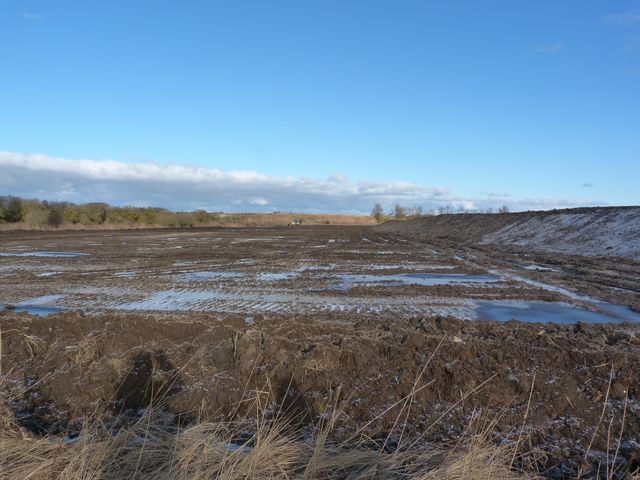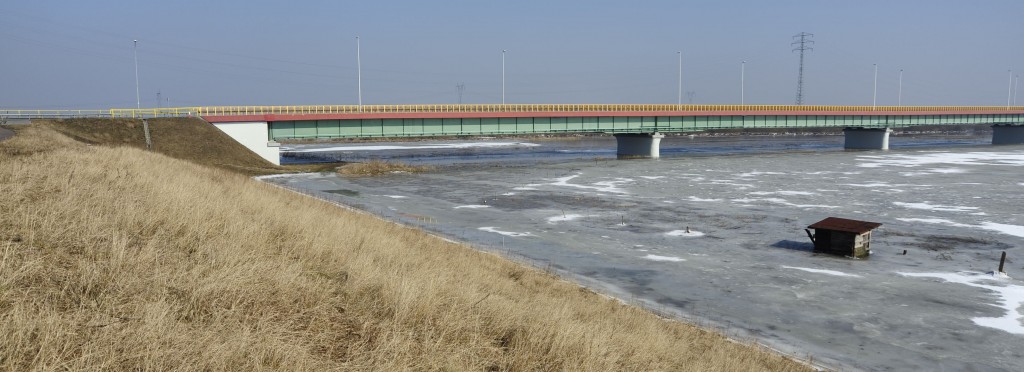General objectives:
- 2 large-scale field tests in Rostock and Gdańsk
- 395.000 EUR investment for construction and instrumentation
- Provides the basis for the implementation of the components 4 (Pilot Implementation) and 5 (Best Practice Guideline)
…
Laboratory testing:
- To define the mechanical, hydraulic, chemical and ecological characteristics of the different materials used
- For pre-testing and accompanying the field tests to define material changes due to static and
hydraulic loading, vegetation, desalination, and consolidation (after 3 and 12 months)
…
Field testing:
- Realistically-dimensioned test dikes in Germany and Poland
- Settlements, consolidation, seepage, surface erosion and stability of drenched dikes, loading tests, vegetation assessment
…
Rostock – Germany
- Dredged marine sediments from the spoil field Radelsee
- Planned length: 250 meters
- Operated by the Hanseatic City of Rostock (P4)
- Different cross-sections and material combinations (both with different dredged materials and geosynthetics)
- Designed by the Lead Beneficiary with assistance of the associated partner
…

Gdańsk – Poland
- Dredged river sediments compounded with different fly ashes
- Planned length: 36 meters at Vistula river
- Operated by the Pomeranian Head of Melioration (AP4) and located in the vicinity of Gdańsk
- Regularly flooded by the Vistula River
- In-situ field tests involve measurements of settlement and consolidation, seepage and other hydraulic loading
…
Responsible partners:
- TU Gdańsk (P2): Official responsible partner
- University partners: Geotechnical testing
- Steinbeis Innovation gGmbH (P5): Chemical analytics
- P4 (Rostock) and AP4 (Gdańsk): Maintenance at least until 2018










